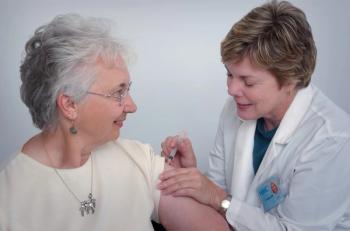
While infection risk is not eliminated, the vaccine still provided significant protection.

While infection risk is not eliminated, the vaccine still provided significant protection.
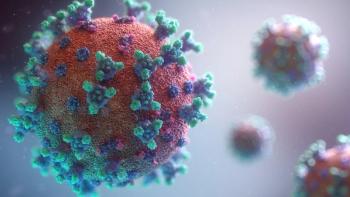
The second wave in South Africa was larger and saw the Beta lineage dominate.

Investigators followed patients with pediatric inflammatory multisystem syndrome temporally associated with SARS-CoV-2 (PIMS-TS) for 6 months to review their outcomes.

A Swiss population-based study showed more people in socioeconomically challenged places tested positive more frequently, saw higher hospitalizations, and greater mortality rates than those in higher socioeconomic places.

Azithromycin versus standard care in patients with mild-to-moderate COVID-19, did not reduce the risk of hospital admission or mortality.

A discussion about the Association for Professionals in Infection Control and Epidemiology with CEO Devin Jopp.

Screening and isolation protocols were shown to reduce the risk of transmission.
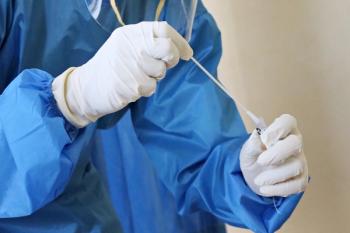
AFHs reported concerns such as staff coming to work sick and lack of PPE.

IPs experienced PPE shortages, high levels of stress and emotional exhaustion.
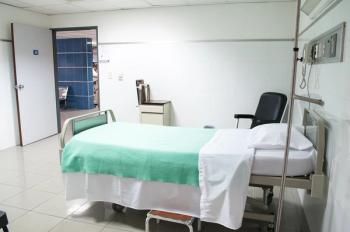
A study looked at the prevalence of Metallo-B-lactamase (MBLs) producing A. baumannii isolates in one hospital setting.

The organizations and their full-time employees both benefited from the PRN IPs.
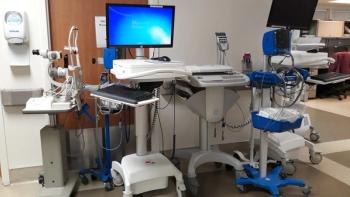
A significant decrease in the rate of VAP occurred during the study period.
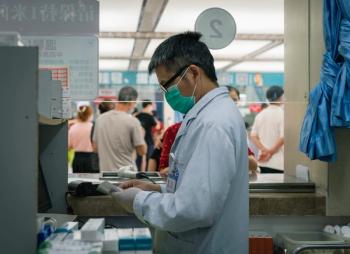
Post-intervention saw 55% of patients receive overall guideline-concordant antibiotics.

Sensors provided data for more hand washing opportunities for healthcare workers and affected related behaviors.
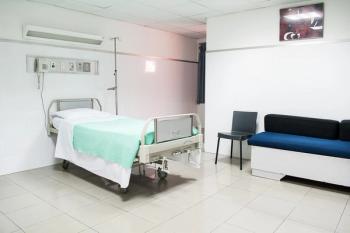
The CAD demonstrated excellent sustained antiviral activity against the test pathogen.

Average annual discharges were significantly higher in participating hospitals.

Communal gathering areas were found to be a major source of exposure.

During the pandemic, one regional health system looked at the age distribution of the virus and hospitalization and mortality rates.
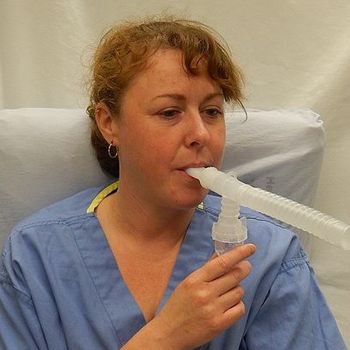
New ASM data show indoor environments are associated with quick and frequent pathogen contamination of the common respiratory device.

An interview with a study author on unique associations between county infrastructures and COVID-19 fatality rates.
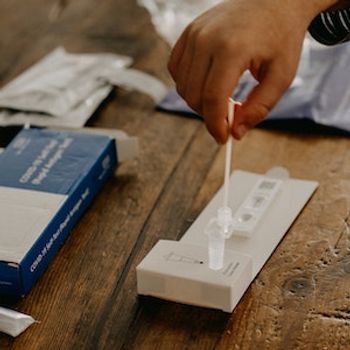
New findings on an available 15-minute test show an approximate 81% sensitivity in detection of SARS-CoV-2.

New findings from the ASM 2021 World Microbe Forum suggest the emergency-authorized platform can capably detected the highly transmissible UK-borne variant.

A discussion on issues surrounding the treatment of HIV with Melissa Badowski, PharmD, MPH.

A conversation on antimicrobial stewardship with Kushal Naik, PharmD, MBA.
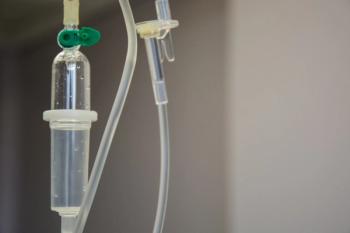
An investigational therapy demonstrated neutralizing antibodies as well as protection against the virus in preclinical trials.

A study looked at hospital admissions of Medicare patients and saw a large percentage of recurrent Clostridioides difficile infections (rCDI) as the primary diagnosis.
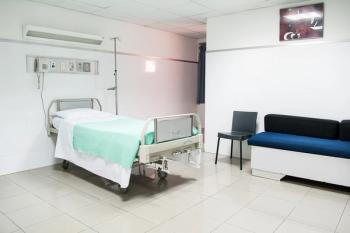
No difference was observed in any of the outcomes and there was no impact on the duration of therapy.
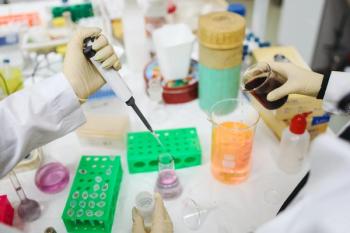
GDC and DSENS were both seen to be safe and effective tools to optimize therapy in the study participants.
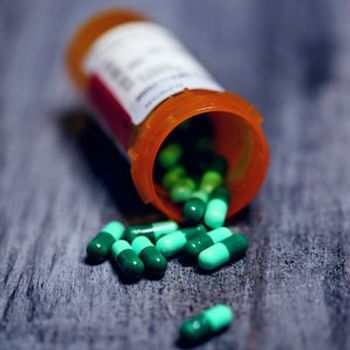
An effort to increase stewardship showed that 5-day and 10-day prescription stop dates for antibiotics did little to influence actual therapy length and outcomes.